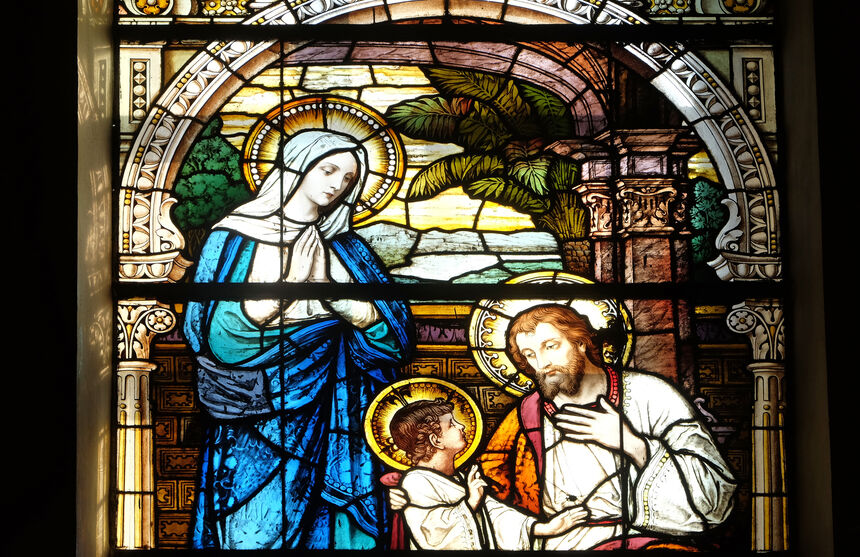 While stained glass has become a fixture in our society, being seen in churches, businesses and homes throughout the world, there was a time not so long ago when these unique pieces were nearly wiped from our culture.
While stained glass has become a fixture in our society, being seen in churches, businesses and homes throughout the world, there was a time not so long ago when these unique pieces were nearly wiped from our culture.
In this blog we will discuss the long-ago beginnings of stained glass, the struggles that nearly brought its demise and the role that stained glass plays in our society today.
The beginnings of stained glass
The first confirmed man-made glass was in Mesopotamia nearly 4,000 years ago. Research suggests that the Egyptians or Mesopotamians were the first to start making glass jewelry and other accessories.
It was however the Romans who perfected the art of creating small colored glass items that eventually led to the stained glass we think of today. The Romans manufactured this stained glass for beads, windows and more and the art began to spread to other areas of the world including the Middle East.
During the Islamic period, alchemist Jabir ibn Hayyan created 46 different recipes for produced colored glass. He also provided a description of how to cut the colored class into artificial gemstones for jewelry, décor and more.
With this integral information, stained glass became one of the first art form trends in the skilled worker industry, and in the following years, the craft spread throughout the world. From homes to businesses, stained glass began to bring personality, intrigue and a story to buildings all across the globe.
Stained glass is popularized in churches
Once the manufacturing of stained glass became common place, it was used in a great number of churches throughout Europe, dating back as early as the 7th century.
This glass was extremely popular in the years following, as it not only brought an aesthetic appeal to churches, but was also used to relay important bible teachings to those who could not read during this time.
During the Renaissance, the elimination of ornate religious icons was seen throughout Europe and had a profound impact on the development of stained glass. In the early 16th century, it was taken once step further with the Protestant Reformation, seeing the destruction of many important stained-glass windows.
The French Revolution also saw the destruction of many irreplaceable stained-glass pieces as well, making it truly remarkable that many of the older stained-glass windows remained intact throughout the centuries.
The evolution of stained glass in recent years
Stained glass windows eventually evolved into much more refined pieces that avoided controversial religious scenes. The changes in taste, along with innovations in glassmaking have changed stained glass and its value in recent times.
Even the methods and materials used have evolved, with safety being at the forefront of each stained-glass piece that is made. Led glazing is no longer used when making stained glass and the ways in which glass is made today make it much easier to place in homes, businesses and other spaces.
When you’d like to have stained glass added to your church, home or business, would like to have your stained glass repaired, maintained or anything in between, we ask that you think of our skilled team at Cumberland Stained Glass.
Located in Mechanicsburg, PA, we take great pride in offering a variety of stained glass services that will have your stained glass looking great and protected for years to come.
We ask that you call on our friendly and experienced team today at 717-691-8290 to learn more about what we can do with stained glass at your site or to get an estimate on all work. We look forward to assisting you soon!
